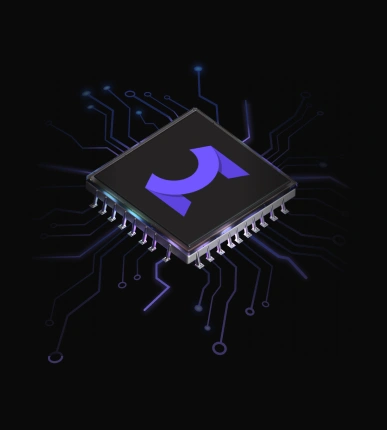- Published: 2025-07-30
- Updated: 2025-10-14
- Dmitry Lambin
Non-Manifold Mesh vs. Manifold Mesh
A non-manifold geometry means a structure that cannot form a coherent physical shell. Such non-manifold 2D surfaces violate the topological rules required to define a clean volume boundary. In contrast, a manifold mesh is one whose vertices, edges, and faces connect in a clear, uniform, and unambiguous way.
Non-manifoldness may bring about issues in rendering, 3D printing, and surface-based simulations (however, in the manifold-non-manifold context, it is noteworthy that volumetric 3D meshes used in physics may still be valid, even if non-2D-manifold*).* Namely, a non-manifold model can:
- Derail CAD/CAM workflows;
- Sabotage 3D printing;
- Degrade VR/AR performance;
- Break game-asset pipelines.
Why Non-Manifold Geometry Breaks 3D Workflows
Now, let’s explain: is non-manifold geometry bad? It is. While manifoldness means having mashes that feature consistent and predictable connectivity — i.e. those valid for further processing, like simulation, printing, and editing — non-manifoldness implies dealing with meshes that break topological rules. This, in turn, causes ambiguity, errors, or outright failures in processing pipelines.
Here is what makes a mesh non-manifold. The following topological rules get broken by a non-manifold mesh:
Edges | Each edge borders two faces (or one on an intentional opening) | VS | An edge is shared by more than two faces |
|---|---|---|---|
Vertex fan | Faces around a vertex form one continuous and connected fan | VS | Faces around a vertex split into multiple disjoint fans or components |
Surface integrity | There is a single continuous shell in place, which still allows intentional boundaries (so-called, ‘manifold with boundary’) | VS | Unintended gaps or mismatched boundaries that break manifoldness criteria |
Self-intersections | Faces meet only at shared edges or vertices, there are no improper crossings | VS | If intersecting faces create new shared edges or vertices, they produce non-manifold topology. Conversely, if faces merely pass through each other without creating shared elements, the topology remains technically manifold but the geometry is invalid. |
Normal orientation | Consistent winding ensures reliable surface normals | VS | Flipped or inconsistent winding confuses rendering and mesh tools |
Simple representation of manifoldness vs non-manifoldness
Manifold
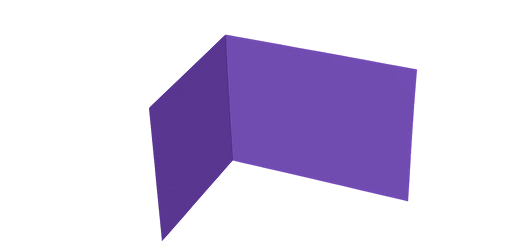
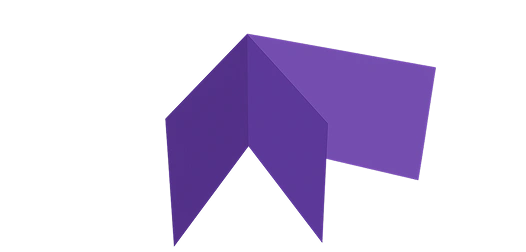
Breaking these rules will give a lot of downstream headaches, encompassing:
- Boolean operations. Extra-shared edges obviously break the half-edge data structure. Thus, a union/difference often returns an empty or self-intersecting body.
- Slicers. Try to 3D print non manifold edges and such options as Cura or PrusaSlicer will pop something like ’Error. Non manifold edges’. When is comes to Cure, for instance, this non-manifoldness issue is listed it among its top six slicing blockers and may refuse to generate tool-paths at all.
- Normal calculation. On the one hand, most modern games use normal maps, i.e., texture-based representations of surface normals. They do not rely on real-time per-vertex normal calculations. However, generating such maps still requires consistent geometric normals as a base. Therefore, on the other hand, non-manifold vertices can break our desired consistency and make it difficult to define a clear surface direction.
- FEM solvers. Non-manifold junctions create singularities that stall stiffness-matrix assembly, so the solver diverges or exits with a non-positive-definite error.
How MeshLib Fixes Non-Manifold Meshes
For the MeshLib and MeshInspector users it is not uncommon to witness that the mesh they upload changes automatically and mandatory. The reason for that is straightforward: our toolbox does not tolerate non-manifoldness. We transform such objects, fixing non-manifold edges.
Most mesh algorithms assume manifold input because it keeps processing far simpler and more reliable. While handling of non-manifold cases is possible, it will be significantly more complex. For this reason, our library expects manifold meshes by default. If you import a non-manifold mesh, MeshLib will automatically ‘heal’ it to satisfy strict topological criteria. Here’s how this automatic STL non-manifold edges repair process works.
Removing problematic faces
Whenever an edge is shared by more than two faces—which obviously violates manifold conditions—our 3D processing library identifies the offending triangles and deletes them. This step eliminates the ambiguity at problematic edges and ensures that every remaining edge is incident to exactly two faces.
Note: in rare cases, this process in MeshLib might remove faces you initially intended to keep to restore a valid manifold.
Duplication of vertices
In cases where a vertex is shared by faces that do not form a single continuous loop (i.e., where two or more disjoint face fans are connected to the same vertex), MeshLib duplicates the vertex. This separation assigns each face its own copy of the vertex. Thereby, proper manifold connectivity is restored.
All in all, by either removing excess triangles or duplicating vertices as necessary, MeshLib converts any non-manifold mesh into a manifold model.
What Does This Approach Carry for MeshLib’s Users
As you know now, MeshLib adheres to a zero‑tolerance approach to non‑manifold geometries. It implies both benefits and limitations for the users of our 3D data processing library.
Pros
- There will be no new non‑manifold artifacts. MeshLib’s core algorithms are deliberately designed to keep any intermediate and final mesh manifold by default.
- Quicker processing. Clean topologies remove expensive edge‑case checks when it comes to 3D data manipulations. That means, you save resources spent on runtime and memory.
- Fewer hidden failures**.** When meshes stay manifold, numerical solvers and GPU kernels are less likely to crash or produce visual glitches. That property is obviously crucial for 3D printing and manufacturing, as in these domains errors translate into wasted material or downtime.
Limitation
- Pruning non-manifold inputs. MeshLib preserves all original attributes (e.g., per-face colors, custom metadata) when loading a mesh. However, it cannot operate on non-manifold topology directly. During import, it deletes excess triangles or splits vertices to enforce manifold rules. While attribute data remains intact, this process can remove or alter parts of the geometry you expected to keep.
Keep this tradeoff in mind! Robust and predictable output comes at the cost of accepting only topology‑correct data—or letting MeshLib modify the mesh to make it so. At the same time, MeshLib’s extended mesh healing capabilities makes it possible for you to tackle issues before starting your manipulations.
So MeshLib remains a great choice for all 3D data processing professionals!
What our customers say
Thomas Tong
Founder, Polyga
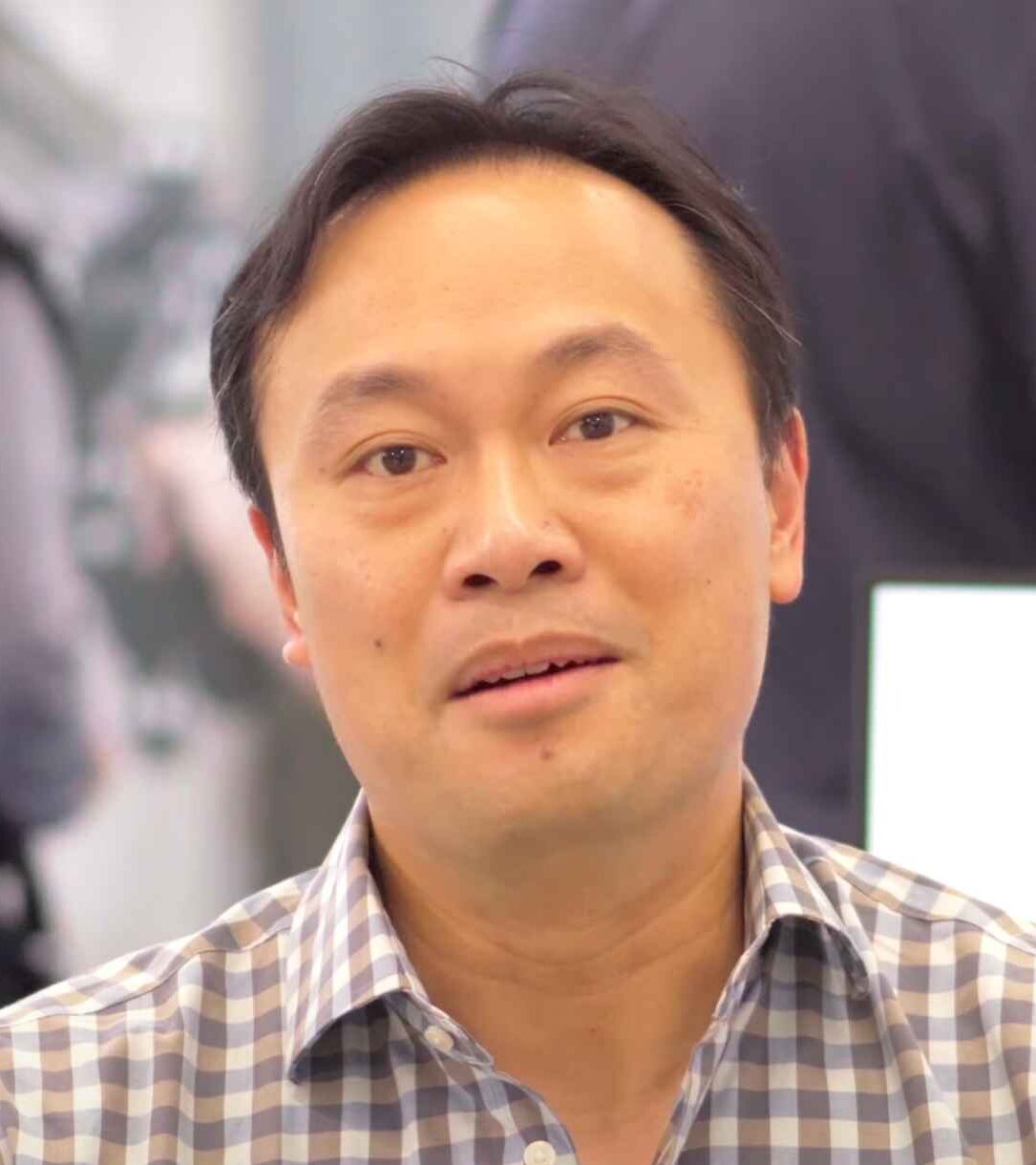
Gal Cohen
CTO, customed.ai
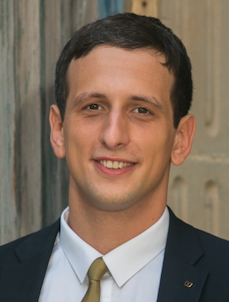
Mariusz Hermansdorfer
Head of Computational Design at Henning Larsen Architechts

HeonJae Cho, DDS, MSD, PhD
Chief Executive Officer, 3DONS INC

Ruedger Rubbert
Chief Technology Officer, Brius Technologies Inc
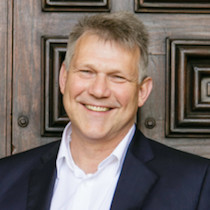







Start Your Journey with MeshLib
MeshLib SDK offers multiple ways to dive in — from live technical demos to full application trials and hands-on SDK access. No complicated setups or hidden steps. Just the tools you need to start building smarter, faster, and better.
